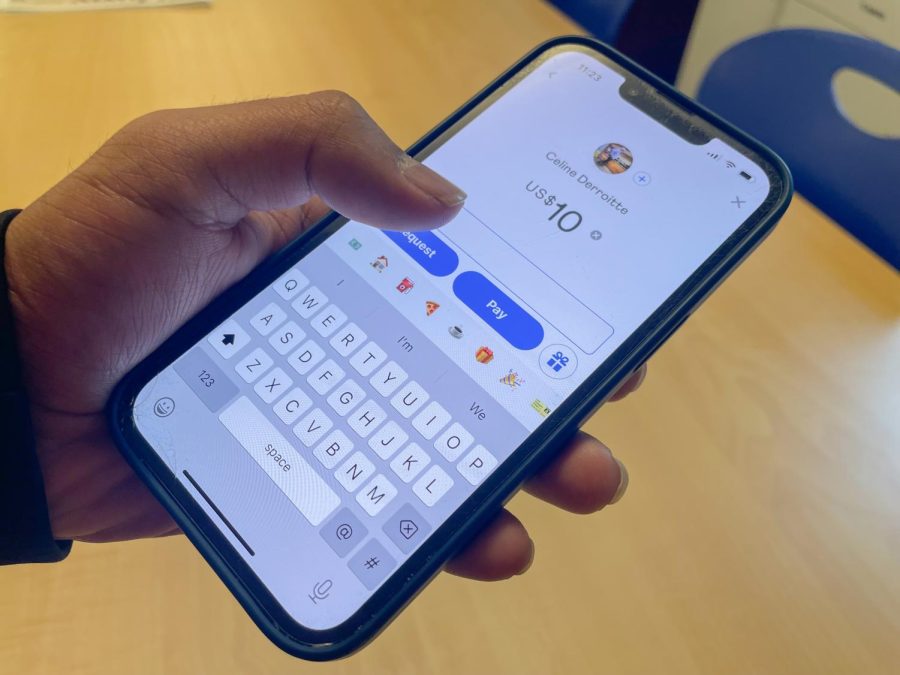Peer-to-peer payment: Apps maximize efficiency, directness
One popular method of peer-to-peer payment is Venmo, an app that offers users a free debit card, making it easy to send and receive money quickly.
May 19, 2023
In recent years, dependency on technology has accelerated in many areas, particularly those within personal finance. Companies and banks have adapted their systems to better serve their customers and appeal to newer generations with a focus on technology. Along with this comes the consumer desire to receive things quickly, efficiently and directly. This is the very foundation of peer-to-peer (P2P) payment.
Many apps are classified as P2P services, but they range in usage and value. Here are the top P2P apps in use today, along with some guidelines on how to use them:
- Apple Pay: Great for Apple users and extremely easy to use. Uses NFC (near field communication) technology, which supports contactless payment via digital devices that are connected to a credit or debit card to carry out transactions by a NFC reader. The service is secure and safe to use given that personal card or account details aren’t stored on Apple servers. One drawback is that it only works for Apple devices.
- Cash App: A direct money transfer app that also offers an optional debit card, called a Cash Card, this app allows users to spend money in their account with additional savings at various vendors called cash boosts. Also allows users to invest in various ways, such as purchasing stocks. The app uses encryption and fraud detection technology to ensure money is secure. A drawback is there are associated fees with various services, such as a 3% fee for sending money with a credit card and a 1.5% fee for instant deposits.
- PayPal: The oldest P2P platform to exist, one that is highly versatile, spanning uses from personal money transfer to online shopping. Money can be sent using debit or credit cards, bank accounts, PayPal balance and PayPal credit. The service offers seller protection protocols to prevent fraudulent activity. A drawback is the fee associated with sending money with a debit or credit card or PayPal Credit. The free options are using a linked bank account or PayPal balance.
- Venmo: A simple, widely used app that offers users a free Venmo debit card that can be used with retailers that will draw from the users Venmo balance. This service also offers users cash back at certain establishments. It makes it easy to quickly and casually send money. The service uses data encryption technology for security. Its drawbacks are similar to other services, including a 3% transfer fee using a credit card and 1% fee for instant cash-out transfers.
- Zelle: Allows users to send money without the usage of a third party, either through a bank account or the app. It partners with many banks and credit unions allowing direct transfer of money. The service uses data encryption technology for security. A couple drawbacks are that a credit card can’t be connected for payment and that money can’t be sent to international bank accounts.
There are limitations to P2P infrastructure. Recently the Internal Revenue Service implemented a $600 reporting threshold for these platforms. Taxes with these services vary between “friends and family,” a nontaxable transfer, and “goods and services,” a taxable transfer.
The bottom line: P2P apps are easy to use, efficient and direct. Keep in mind the range of services offered and understand which is best for a given transaction. Also stay diligent about tracking your activity within these apps, given that financial fraud is more of a concern with such technology.




























































